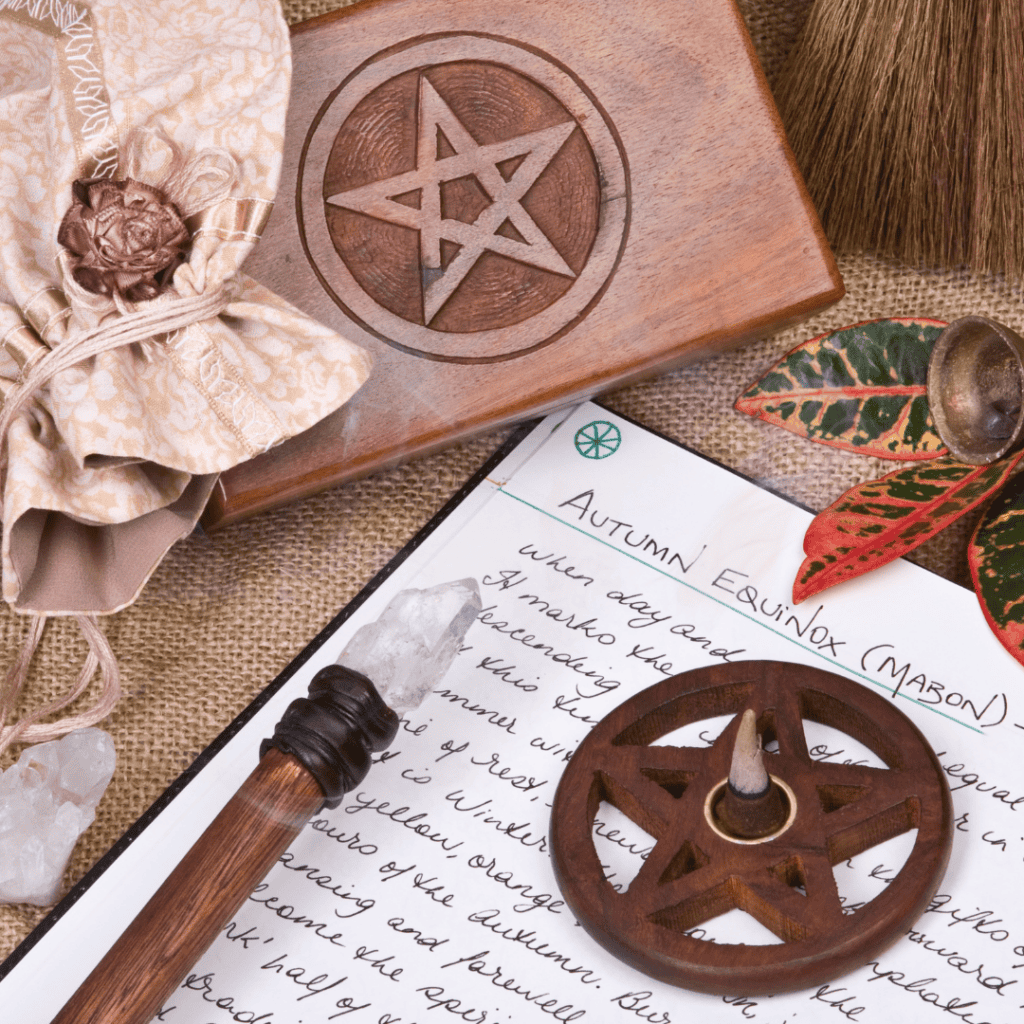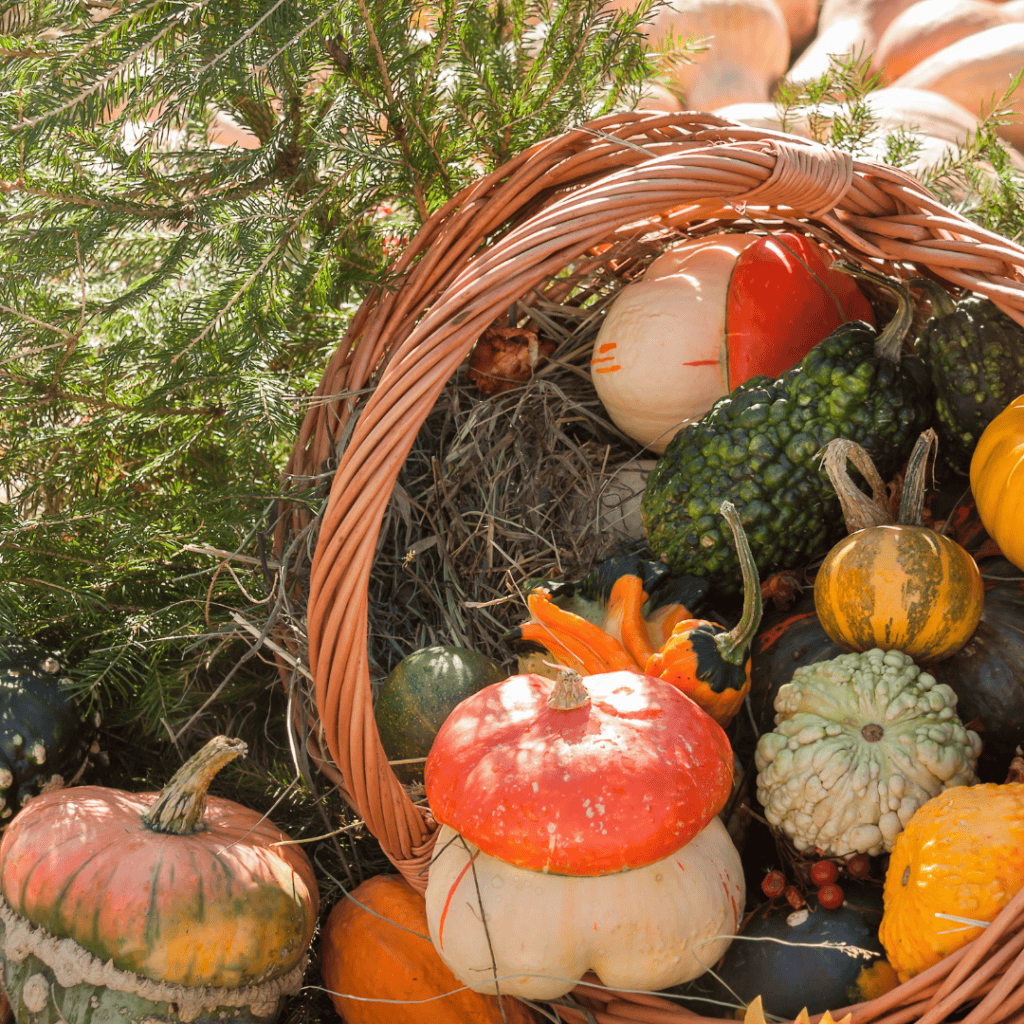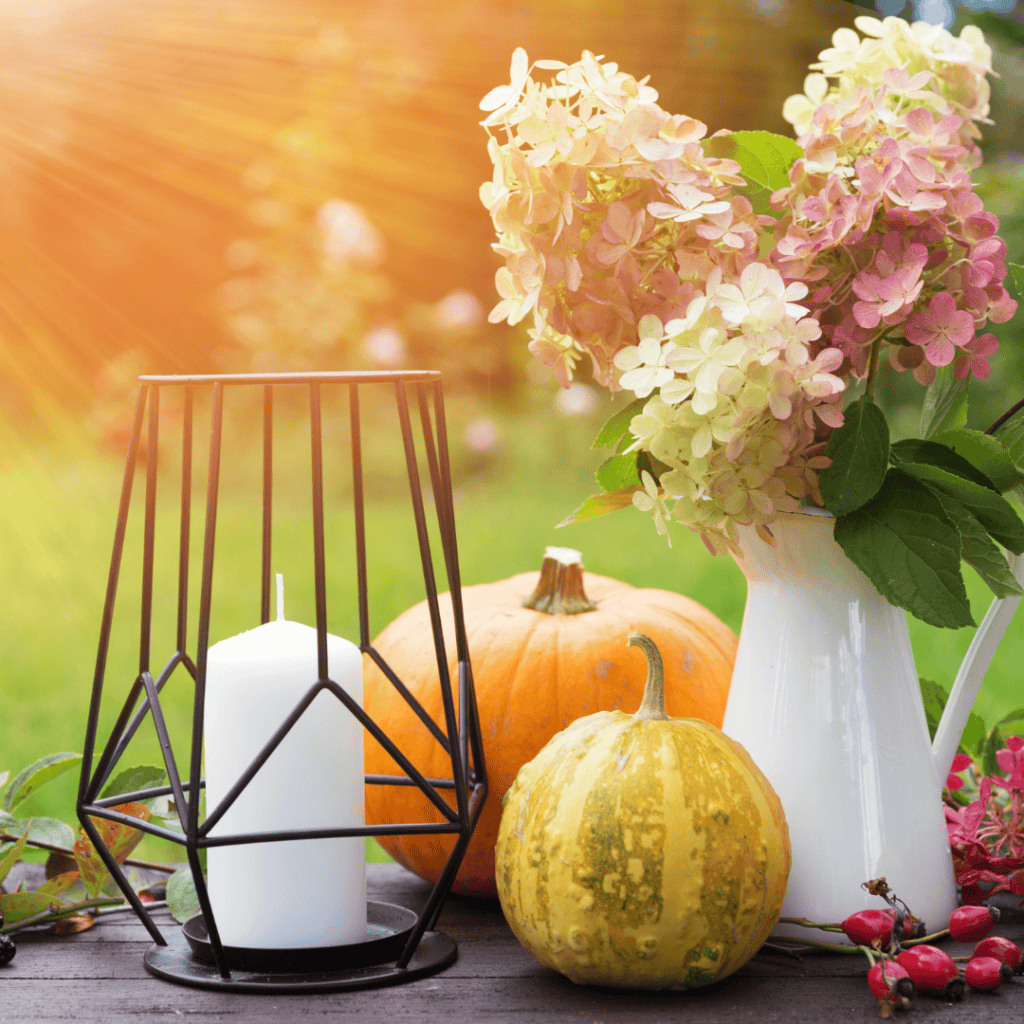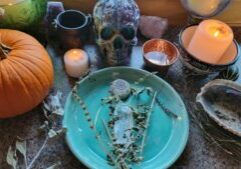As the vibrant greens of summer begin to mellow into the fiery hues of autumn, we find ourselves at a crossroads of the seasonal wheel, where the sun gracefully bestows its light equally upon day and night. This pivotal moment is celebrated in the mystical world as Mabon, also more commonly known as the Autumn Equinox, or the first day of Fall. Mabon occurs each year between the 21st and 24th of September depending on the celestial timing of that year.

Where Does Mabon Come From?
Mabon’s origin stems from a pagan festival with deep-rooted origins in Celtic traditions, celebrated around the time of the September equinox. Its name, “Mabon,” is derived from Mabon ap Modron. Mabon means son and Modron means mother, referring to the divine child from Welsh mythology that stems back to Arthurian legend. As such, Madron is mainly considered a mother figure or a goddess of fertility.
What is the Meaning of Mabon?

With this being a time of balance of light and dark at its core, Mabon is a celebration of balance. It marks the moment when the hours of daylight and darkness are perfectly equal before the sun’s journey takes it further south, gradually bestowing longer nights upon the Northern Hemisphere. This equilibrium is a reminder of the delicate balance that exists in nature, as well as within ourselves.
Mabon is also commonly known as a time of harvest and Thanksgiving. It’s often referred to as the Witches Thanksgiving or the true Thanksgiving. This is because it’s a time to give thanks for the bountiful harvest. It’s when the fields are ripe with grains, fruits hang heavy on branches, and gardens offer their final gifts before the chill of winter sets in. It’s a time where those who grow crops, and those who simply honor the seasons, come together to reap the rewards of their labor, sharing food and gratitude.
A Time of Gratitude
As we celebrate Mabon, it’s a time for personal reflection and introspection. Mabon is a time to contemplate the achievements and growth you’ve experienced over the year. It’s an opportunity to express gratitude for the blessings in your life, both big and small, and to acknowledge the interconnectedness of all living beings.
It’s not just the crops that have been sown in spring we harvest at this time, but also the crops we have sown within. Remember back to any New Year’s Resolutions or Spring Wishes you planted? This is the time you begin to reflect on those desires and see in what ways you have been or are currently harvesting them.

Rituals and Traditional Ways to Celebrate Mabon
Mabon can be celebrated in various ways, but the main focus surrounds the concept of balance and gratitude.
Some common ways to celebrate Mabon include:
- Rituals that involve the sharing of a feast
- Making corn dolls
- Creating altars adorned with the season’s fruits and vegetables
- Lighting candles to represent the waning sun
- Adorning your home with traditional fall colors of orange, red, yellow and brown. Think pumpkins, squash, corn husks, and the flowers in season like mums.
- Putting out a cornucopia showing of your local harvest
- Giving gratitude for the animals that have given their milk, eggs, and/or life for food
- Reflecting on what you are personally harvesting within your own life at this time
These items symbolize the cycle of life, death, and rebirth, which is ever-present in nature. Especially this time of year when we experience full swing the end of the year’s harvest we can embrace those rythms.
In essence, Mabon is a time of reflection, gratitude, and balance. A moment to pause, acknowledge the changing season, and find harmony in our own lives. Whether you celebrate it as a spiritual practice or simply as a seasonal milestone, Mabon invites you to embrace the beauty and wisdom of nature’s cycles.
Happy harvesting!










